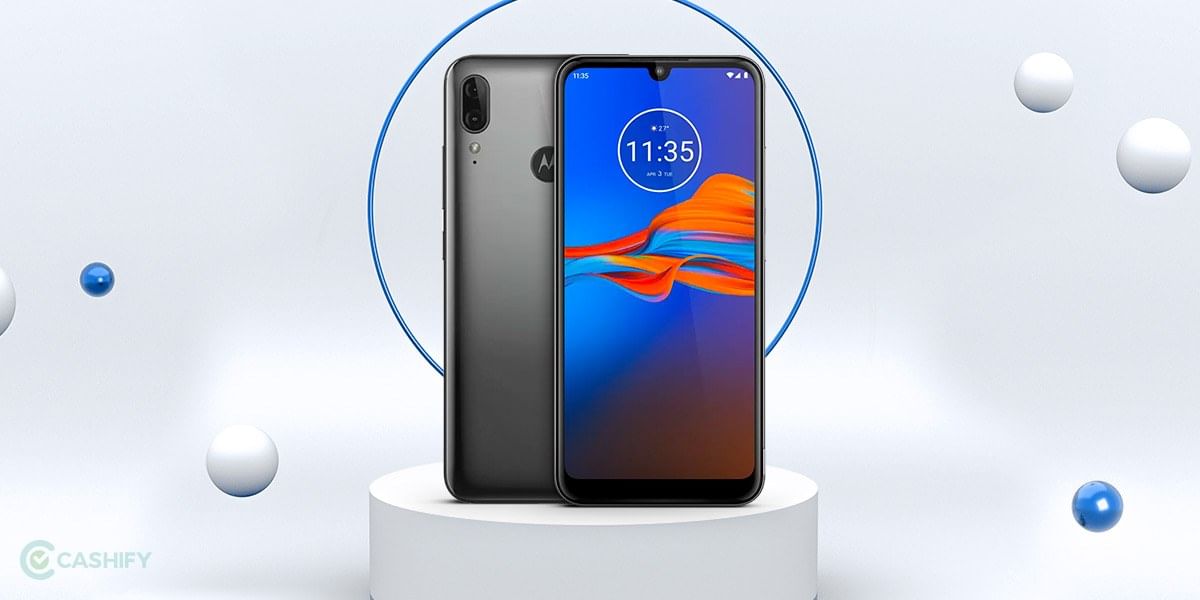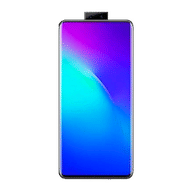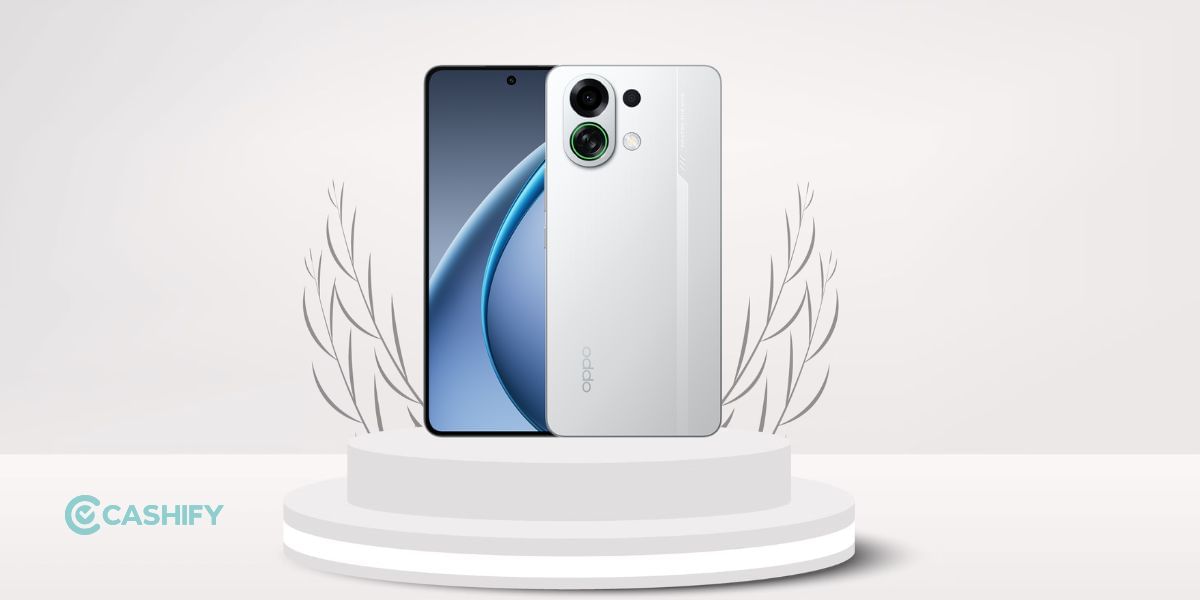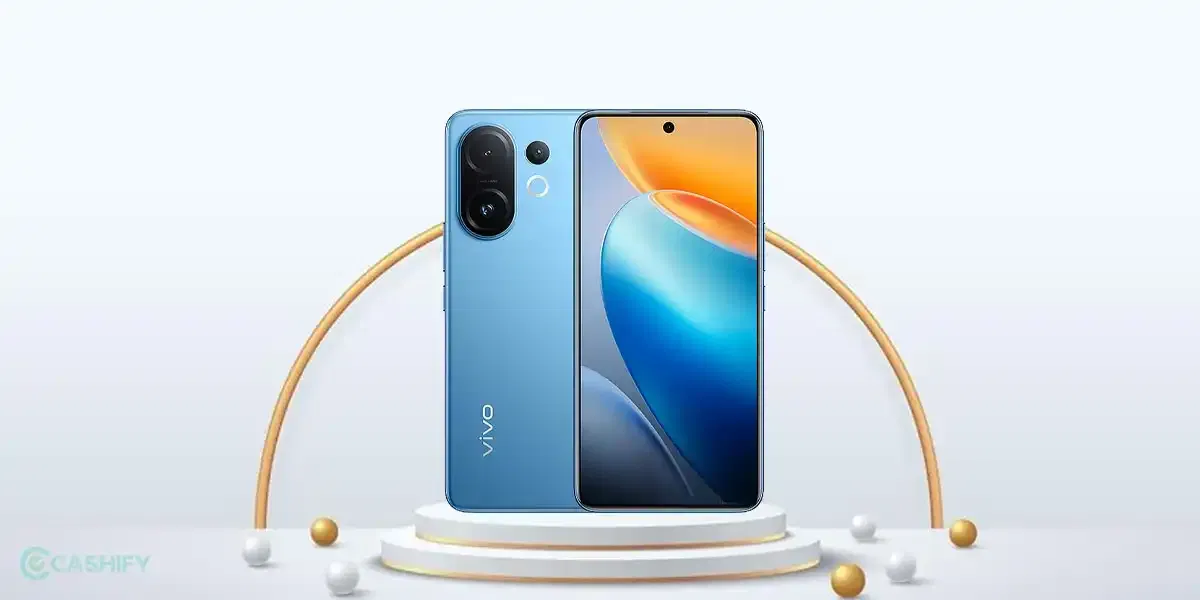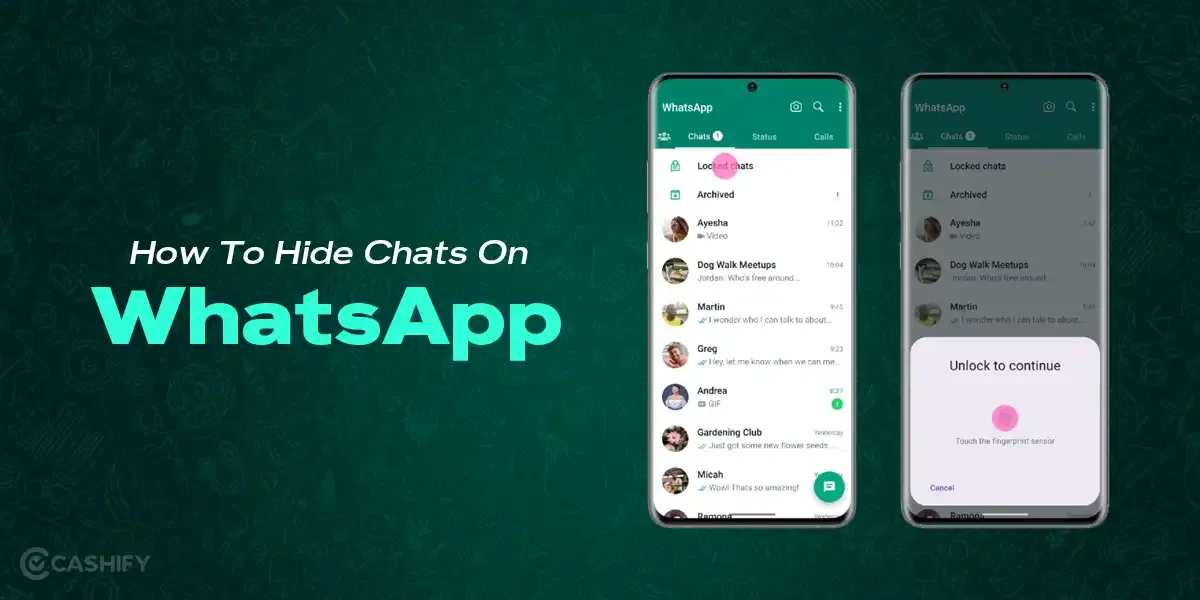Introduction
Vivo, a Chinese smartphone maker, is well-renowned for its courage in trying out new technologies even in commercially available phones. After rolling out two series of NEX devices, Vivo is back with NEX 3, and I must say this is undoubtedly a beast that you must try to experience a device like never before.
With Qualcomm Snapdragon 855+ on-board, the device will never keep you waiting for even the heaviest apps to load. Moreover, it offers one of the most vibrant displays that stretches almost half the side panel, and it is equipped with a boatload of new features that Vivo has added with its third-gen NEX device.
Vivo NEX 3 does prove its calibre on paper; however, how exactly is the phone is reality? Check out our in-depth review on Vivo NEX 3 and if you should go for it or not.
Read also: Vivo NEX 2 Review
Price In India, Variants, Availability
Vivo NEX 3 is available in China, although importing it might not be a great option due to non-existent GMS services. It is likely to arrive in India this month in January 2020 although let’s put it as speculation until the Chinese smartphone maker doesn’t confirm the launch date. The official pricing for its sole 8GB+128GB model is yet unknown, but presumably, it will be priced above Rs 40,000.
Also, the device is available in two vibrant and stunning 3D-like colour variants that are Deep Air Streamer and Liquid Tianhe and both are amazing.
Stay updated on Vivo NEX 3 price and release date here!
Box Contents
Vivo NEX 3 comes in a stylish black retail box. It arrives with the phone, a 44W charging adapter, a USB Type-C cable, a quickstart manual, and a good old TPU case for primal protection.
Spects at a glance
Vivo NEX 3 sports some of the best components that I will be listing here. First of all, it gets its ability to perform exceptionally fast due to its Qualcomm Snapdragon 855+ processor made on 7nm processor. It has eight cores that are overclocked at 1×2.96 GHz plus 3×2.42 GHz plus 4×1.8 GHz. It is further flanked with Adreno 640 GPU clocked at 700 MHz and has 8GB of RAM on-board. It has 128GB of internal storage with no option to expand and comes with UFS 3.0 for faster storage compared to UFS 2.1 that other smartphones employ at this moment.
The phone supports 5G dual-band although the Indian version does lack it. It has Bluetooth 5.0, Wi-Fi 802.11 a/b/g/n/ac dual-band that includes both 2.4 GHz and 5GHz. Apart from this, the phone sports USB 2.0; A-GPS, GLONASS, GALILEO, BDS GPS support, among others.
Design and Build Quality
Vivo NEX 3 is one of the most beautiful devices you would find in the market. It arrives with a notch-less curved display that flows right through its side bezels giving it a near FullScreen experience which is something Vivo promised with its APEX concept phone in 2018. To be honest, the phone does feel big and bulky when you hold it, but that’s a compliment. It resembles the Galaxy Note series of smartphones thanks to the vibrant OLED panel and the hardlines that run through the device, giving it a brilliant appearance.
At the front, there is no notch, which means there is no distraction in the display as well. The chin is minimal, and the top bezel is almost negligible. This leaves us with the side bezels, which are non-existing thanks to the WaterFall Display Design that I will explain later. The display does give a wow factor since there aren’t many devices that have so much curved display leaving exceptions like Huawei Mate 30 Pro.
The phone is overall-clad with glass, so that’s Corning Gorilla Glass on the front and the back. The top has a pop-up front camera mechanism along with a noise-cancelling mic and an additional but small power button in case if you need it. At the bottom, we have a USB Type-C port, a 3.5mm headphone jack but there’s no second loudspeaker, so that’s a bit of a letdown.
One of the design elements that Vivo decided to implant is the pressure-sensitive power and volume rockers on the right and left side of the phone, respectively. What Vivo has done here is that it has replaced physical buttons with a pressure-sensitive one with textured cue on top of it that does direct you towards a virtual button. The haptic response is fantastic.
Vivo NEX 3 has one of the most beautiful back panels to go with thanks to its triple camera setup arranged in a triangle within a circular camera bump inside a halo ring reportedly inspired by watches. This does give the phone a rather pleasant appearance, and since the whole back panel is glass-clad with 3D colour frosted on it from inside, it makes the device stand out.
Display
The Vivo NEX 3 has one of the best available OLED panels. In a spirit to maximum screen real estate and achieve its FullScreen edge-to-edge goal, the Chinese manufacturer opted for a Waterfall design display. It is basically an OLED panel that is curved on both the right and left side of the phone. This makes it appear like the display is overflowing.
Vivo NEX 3 sports a 6.89-inch vibrant Super AMOLED panel with a resolution of 1080×2256 pixels and 363 PPI. The device has a stunning 93.6% screen-to-body ratio thanks to its no-notch waterfall display. Also, it is HDR10 ready.
Talking about the display itself, it is decently bright so viewing it in different lighting conditions is not a problem. Vivo has majestically solved several problems here such as the phone’s display have a palm projection software that detects if you are holding the phone and discourages accidental touches.
The screen does tend to look brilliant, but there are certain things that you should know about it. First of all, you can look at different angles and still see the display, so that’s not an issue. What’s bugging me is that the OLED panel has a problem with light colours such as white so the background showcased on display might get distorted when it hits the curve while darker colours tend to have less distortion if you look closely.
Vivo NEX 3 was able to produce a maximum brightness of 415 nits and 610 nits in manual and automatic control, respectively.
Performance
Qualcomm Snapdragon 855+ is on-board which is an overclocked version of the Snapdragon 855 processor. The phone does offer great performance stats as it stands at 2,794 points on multi-core on Geekbench 5 which is ahead of Asus ROG Phone II, Galaxy Note10 and Galaxy Note10+ among others. Moving on to Geekbench 5 single-core test, the phone offers a stat of 747 points which is ahead of OnePlus 7 Pro but falls short when compared with its closest competitors, i.e. Huawei Mate 30 Pro, OnePlus 7T Pro, and others.
Vivo NEX 3 with Adreno 640 GPU clocked at 700 MHz does have the upper hand in graphic processing as well since it managed to achieve 388,878 points on AnTuTu 7. The phone has Snapdragon 855+ paired along with 8GB RAM, 128GB storage, and UFS 3.0, which is an excellent combination for an overall powerful device.
Software
Vivo NEX 3 runs on Android 9 Pie-based FuntouchOS 9.1 that although calls for a great deal of customization and yet, it falls the steps of iOS when it comes to looking and appearance. Swiping on the bottom left of the screen opens its Shortcut Center while the middle section takes you Home and the right section takes you to the previous screen.
The phone has pressure-sensitive areas that users can customize to launch an app or something apart from the power button and volume rockers. The home screen does give you an iPhone-like vibe. On top of Android 9 features, the phone has all that Vivo’s FuntouchOS 9.1 brings such as gesture-based navigation among others.
The OS is a bit cluttered as it has both useful and not-so-useful apps on-board. Vivo has added a tonne of features such as the Smart Motion feature that enables users to set specific patterns that when you draw on the phone, will launch certain apps or do something. The phone has an under-the-display fingerprint scanner that works efficiently. You can customise the animation it does. In case of failure to unlock the phone using the fingerprint scanner, there is an Assistant face unlock which dives in to recognise your face and unlock. Note that this means Vivo NEX 3 doesn’t have an actual face unlock feature on-board unlike many other phones with pop-up snapper, so that’s a thumbs down right here.
Also read: Google Pixel 4a Teaser
Cameras
The phone has a triple rear camera setup that includes a 64MP primary shooter with 0.8micron pixel size, an aperture of f/1.7, and a sensor size of 1/1.7”. The second cam is a 13MP telephoto sensor with PDAF and an aperture of f/2.5 and finally a 13MP ultrawide sensor with PDAF and an aperture of f/2.2. The front has a 16MP shooter with 1.0micron pixel size, 1/3.1” sensor size and an aperture of f/2.1.
Overall, the camera app that you’ll find on Vivo NEX 3 is a bit messy. It takes a bit of practice to scroll between the lens and yes, this device has several of it including a bokeh, Super Macro, regular-ish, and the super wide-angle shot.
Talking solely about the front camera, it comes with a 16MP sensor that, isn’t on par with what Huawei is offering with Mate 30 Pro, which is the epitome of mobile photography. The photos are detailed, but thanks to the front flash or fill lighting, the shot is flushed with light which takes away the magic the sensor was able to capture concerning the details it covered.
The phone has an intelligently placed rear camera assembly with each acting out their superiority over others. The wide-angle primary cam is the latest from Samsung that uses its Tetracell technology to capture stunning images at 16MP resolution. The sensor does perform exceptionally during the day, and the photos are somewhat underexposed but the abundant backlight makes the photos finer to details. The dynamic range isn’t too wide, which could have something to do with post-processing.
The telephoto sensor which uses a Quad Bayer technology and can capture images with finer details at 2x zoom is a fantastic addition as well. This particular sensor is rather good compared to the primary sensor in terms of certain shots. Still, it doesn’t have OIS which means the viewfinder shakes a bit when you zoom. Although it does maintain details and contrast, zooming in further does put the quality in the backfoot.
The low-light photography is on point as well, thanks to the inclusion of a large 64MP sensor. The details are good, the noise suppression is decent, and the quality is good as well. Night Mode on the phone does elevate the quality of photos you take for sure, so do check it out. Note that zooming the image up close might not be too good to see but at least it is a phone with the ability to take good photos in low lighting conditions.
The phone has a portrait mode as well, which has proper edge detection and captures stunning photos up close by default. It offers 1x and 2x zoom on the standard photo mode but beauty mode does kicks in as well. On the other hand, Portrait or Bokeh mode is available where beautification is turned off, and you can take exceptional photos without looking like an overly makeup-ed artist.
(Wanna upgrade? You can always sell your old smartphone here at Cashify)
Battery Life
Vivo NEX 3 offers a massive 4,500 mAh battery which is larger than Oppo Reno by almost 475 mAh. It is similar to that of its biggest rival aka Huawei Mate 30 Pro and larger than flagship competitors including OnePlus 7T Pro, Apple iPhone 11 Pro Max, and Samsung Galaxy Note 10+.
With that being said, NEX 3’s battery was able to play videos on loop for over 22 hours which gives it a higher battery life than the iPhone 11 Pro Max. Furthermore, the device was able to pull off 15 hours of web browsing outlasting Note 10+ from Samsung. At its battery endurance test, the phone managed to pull off a spectacular 110 hours.
Moving towards the phone charging, Vivo NEX 3 comes with a 44W fast charger capable of charging the battery to 67 minutes in just 30 minutes.
Pros & Cons
Pros :
- Premium design
- Smooth performance
- Fast fingerprint sensor
- All-screen display
- Value for Money
Cons:
- Software needs improvement
- No stereo speakers
Using Vivo NEX 3, a third-generation smartphone up close to its APEX concept phone does have a mixed batch of responses. Since the phone is only available in China, buying it won’t be a great deal since it lacks Google Mobile Services although its global variant will get all the Google services on-board.
The phone does have a tremendous curved display with no notch which is the only other phone after Huawei’s Mate 30 Pro to have a waterfall display. Furthermore, the processor is a class apart but doesn’t have thermal throttling, so there is a good chance the phone will heat up on extreme usage. The OS seems like a bundled package of Android & iOS that does feel weird at some point.
The phone has a great camera setup on-board for both day and night, but the camera app is messy. Moreover, the phone lacks IP water and dust resistance, and there’s no memory slot and no stereo speakers. Finally, it lacks a standalone face unlock feature and rather depends solely on its under-the-display FPS with assistant face unlock feature.
If you are willing to pay a little more, you can purchase the Galaxy Note 10+ or shell out more to buy Apple iPhone 11 Pro Max. On the other hand, if pricing is a concern and you don’t want to compromise, OnePlus 7T Pro would be a better purchase instead of NEX 3.

